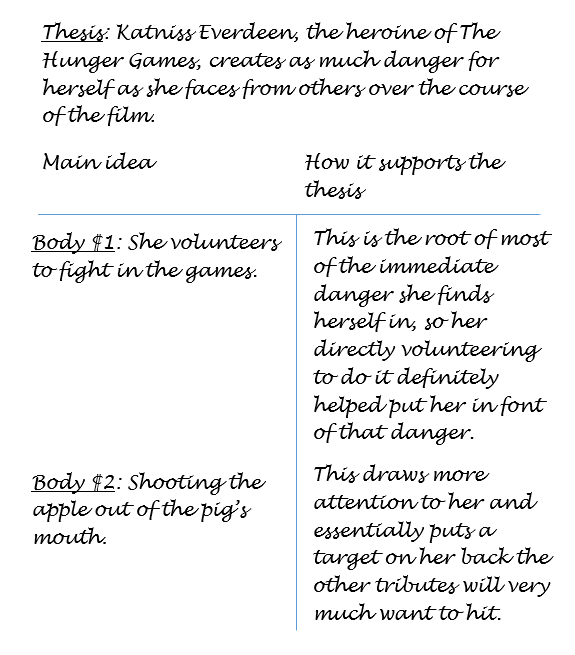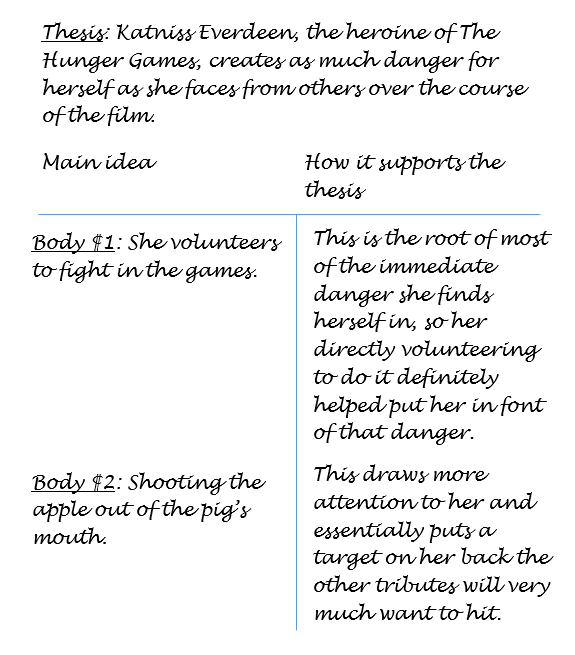Intro to pro-comms - Part 7: Polishing the message
1/14
There's no tags or description
Looks like no tags are added yet.
Name | Mastery | Learn | Test | Matching | Spaced |
|---|
No study sessions yet.
15 Terms
Higher order
Working on the organization of ideas
e.g. Inserting sentences, words, or paragraphs; you might move them elsewhere in your document, or remove them entirely
Questions to help you revise for these higher order concerns
Have I met the purpose and requirements?
Does my draft say what I mean?
Have I changed my thinking through writing or researching?
Are there parts that do not belong here?
Are there pieces missing?
Lower order
An emphasis on proofreading and editing
e.g. Systematically correcting issues or errors in punctuation, grammar, spelling, and other things related to writing mechanics
Editing
The act of making changes or indicating what to change
Proofreading
Checking to make sure changes were actually made
Additional strategies for editing and proofreading your work
Take a break between writing and editing. Even a 15 minute break can help you look at your document anew.
Read your work aloud.
Work through your document slowly, moving word by word.
Start at the end of your document and work towards the beginning.
Reverse outline
Occurs later in the process after a draft is completed rather than before and gives an opportunity to review and assess the ideas and connections that are present in the completed draft
Benefits of a reverse outline
Can help improve the structure and organization of your already-written draft, letting you see where support is missing for a specific point or where ideas don’t quite connect on the page as clearly as you wanted them to
How to create a reverse outline
At the top of a fresh sheet of paper, write your primary purpose for the text you want to outline. This should be the purpose exactly as it appears in your draft, not the purpose you know you intended. If you can’t find the actual words, write down that you can’t find them in this draft of the message (it’s an important note to make!)
Draw a line down the middle of the page, creating two columns below your message purpose.
Read, preferably out loud, the first body paragraph of your draft.

How to create a reverse outline (con’t)
In the left column, write the single main idea of that paragraph (this should be using only the words that are actually on the page, not the ones you want to be on the page). If you find more than one main idea in a paragraph, write down all of them. If you can’t find a main idea, write that down, too.
In the right column, state how the main idea of that paragraph supports the purpose.
Repeat steps 3-5 for each body paragraph of the draft.

If multiple paragraphs share the same idea
Try combining/paring back the information for that specific idea so it doesn’t feel imbalanced in how much space it takes up, and/or organizing these paragraphs about the same point so they are next to each other in the paper
If any paragraphs have multiple main ideas
Look for where some of those ideas might be discussed in other paragraphs and move them into a paragraph already focusing on that point, split them into multiple paragraphs, or remove them altogether
If any paragraph lacks a clear main idea
Consider whether the information in that paragraph points to a main idea that just isn’t written on the page yet and add said info if it does fully support an idea
If any ideas don’t connect well to the purpose of the message
Ask how the main idea of that paragraph furthers your purpose, and then write that response if there’s no clear connection
If there are gaps in reasoning
Move, revise, or add transition statements after moving paragraphs, topics, and main points/ideas around in order to avoid confusion